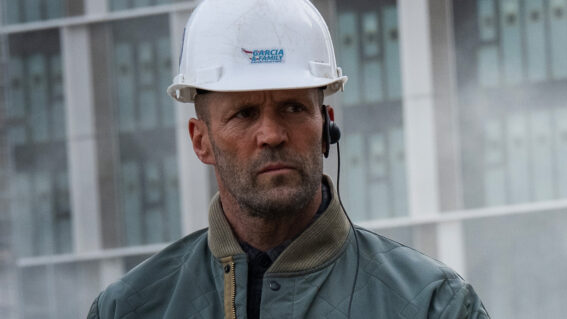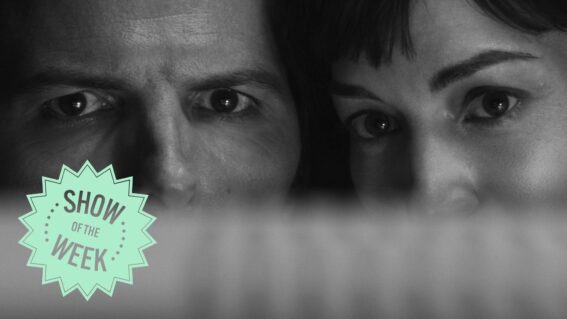Retrospective: Scream started a conversation 25 years ago – and horror fans are still talking
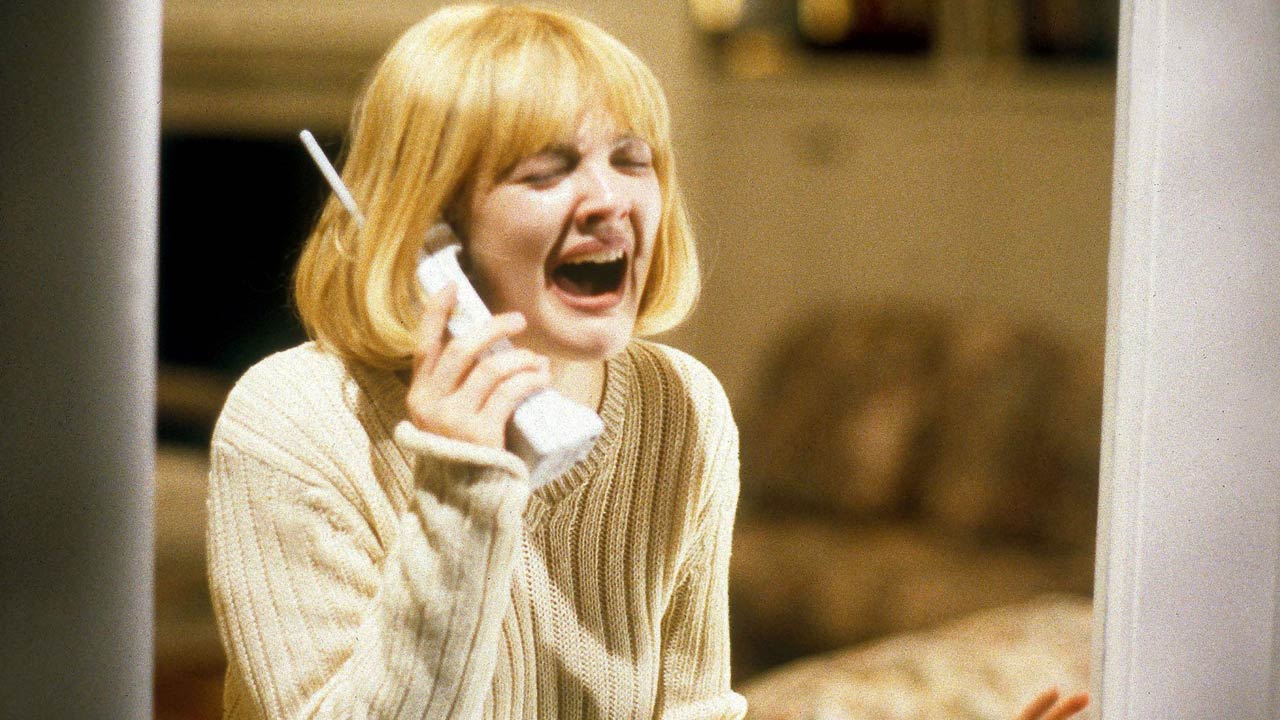
From the original classic to its post-modern sequels and spin-offs: the Scream franchise won’t stop asking us to rethink our favourite scary movies. Luke Buckmaster slashes through the dense layers of meta-horror.
Parody is a form of imitation—which, as they say, is the greatest form of flattery. The Scream franchise has been parodied many times, which suits the series to a tee, given there is nothing the creators of the original films—director Wes Craven and screenwriter Kevin Williamson—seem to want more than spoofs within spoofs, and satire within satire: a matryoshka doll of self-reflexive reality. Gonzo journalist Hunter S Thompson once famously said “it never got weird enough for me”; for these guys, it never got meta enough.
When old mate Ghostface asked Drew Barrymore, all the way back in 1996, whether she liked scary movies, he kickstarted a conversation not just with another attractive youngster soon to get sliced, but with the audience itself—a conversation that continues to this day (with a new sequel/reboot/remake/who-knows-anymore slated to arrive in cinemas in January). Famously involving a running commentary on viewer expectations and the codes and conventions of slasher movies, the crowning achievement of the Scream franchise is the creation of a participatory relationship between screen and spectator, which feels almost interactive.
We don’t know much about the upcoming film, but it’s a safe bet it will keep talking: to us, to the characters, to shifting cultural mores and the evolving scary movie genre. The literal conversation will, as always, be announced by the sound of a ringing telephone, which Craven cunningly turned into a kind of dramatic ellipsis—a big and dramatic ‘dot dot dot’ that might be a harbinger of doom, or merely a fake-out. In the event of the former, conversation always precedes carnage.
In the opening dialogue exchange of the original the killer warns Casey (Barrymore) that “you should never say who’s there”, because doing so is “a deathwish in scary movies…you might as well come out here to investigate a strange noise or something.” With that, Craven and Williamson launched a film that satisfies the grindhouse crowd while simultaneously appealing to academics turned on by terms like ‘hyper-post-modernism’ and ‘intertextuality’.
Over the course of the next four movies, with Williamson writing all but the third, the franchise became an entertaining exercise in outdoing its own meta-ness, driven by a question asked by Gale Weathers (Courteney Cox) in Scream 4: “how meta can you get?” Spoiler alert: quite a lot.
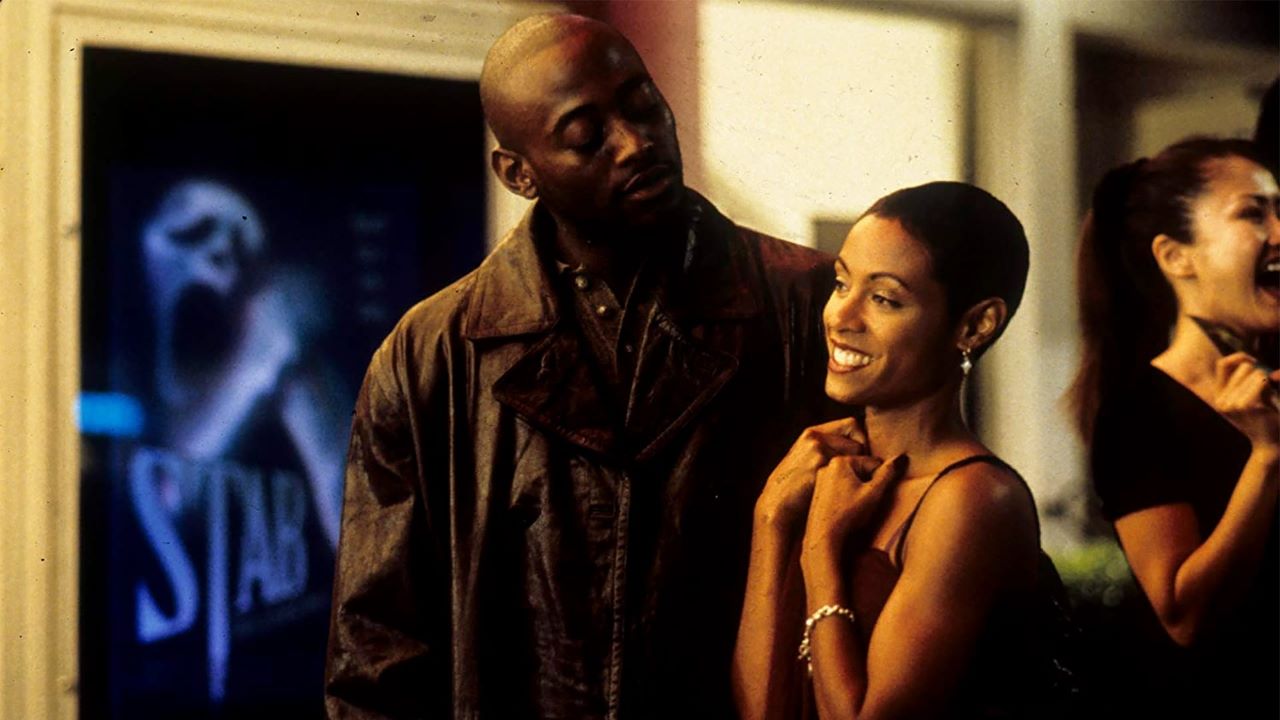
The self-reflexive elements in the original involve Randy (Jamie Kennedy) and his outlining of the “rules” of scary movies. As does the sequel, which begins in the very meta location of a film premiere: the movie-within-a-movie being Stab, featuring Heather Graham playing Barrymore’s character. During the premiere Jada Pinkett Smith is slain in the cinema, surrounded by hooting and squealing horror fans, by a new killer using the ol’ Ghostface mask. It’s a wickedly good conceit: the reality inside the film, which exploited popular entertainment, has been exploited for popular entertainment.
How do you get more meta than that? Well: Scream 3 takes place on the set of Stab 3, the movie (not to be confused with the movie-within-the-movie) promising to be “the concluding part of a trilogy.” Which of course it wasn’t. Without a script from Williamson, the sharp, smug, delirious menace of the first two installments comes across as clumsy, edgeless, empty. A cameo from Jay and Silent Bob, about 20 minutes in, probably best marks the spot where the franchise jumped the shark.
There were whiffs of innovation in the fourth outing, which brought back Williamson and opens with a scene from a movie-within-a-movie-within-a-movie (are you keeping up?). Two young women have just finished watching Stab 6 on their TV—which we also watch a scene from, under the assumption that it is Scream 4. One is incensed by it, kvetching about all that “self-aware, postmodern meta shit” that’s “has been done to death.” Immediately after complaining that “there’s no element of surprise, you can see everything coming,” her friend stabs her repeatedly with a large knife and asks: “did that surprise you?”
After the initial false start, we again think we’re watching the start of Scream 4, only to discover we’re watching a scene from Stab 7. After turning the TV off, two more young women punk each other, before being murdered by the ‘real’ killer.
This scene reflects a contemporary desire to visit virtual worlds from within virtual worlds: one simulation, one form of abstraction, inside another, with potentially infinite layers. It reminds me of my university years, when we discussed in media studies class how outrage had spread within a community in Second Life, where people were livid that many players inside the game were being distracted by a popular new video game—which was created and played in Second Life.
All the Scream films have a root reality in which Sidney (Neve Campbell) is a long-suffering kick-arse heroine. All official films, that is. The feature-length 2012 fan movie Scream: Generations is based in a world where—like ours—the Scream movies are just movies. Except for this one itself, of course, in which a killer goes on a murderous rampage in a Ghostface mask, shortly after Scream 4 arrives in cinemas. Generations is a low-rent and obviously amateur production, appealing mostly as an idea—but good on the makers for throwing their hat in the ring and extending the Scream universe one more meta tier down the metaphysical continuum.
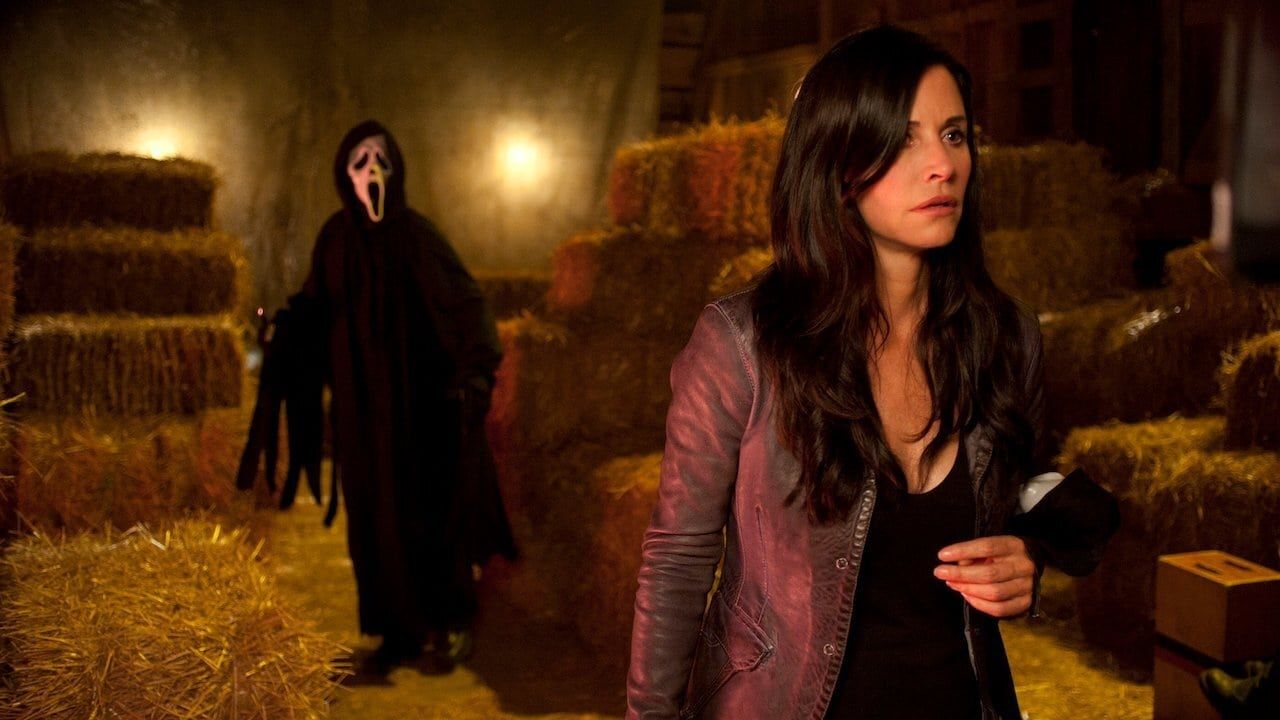
There’s also Netflix’s Scream TV series, of which three seasons exist—though I was so appalled by the quality of the first four episodes I never made it further. The second episode at least contained a faint whiff of one of Williamson’s scripts, when a high school character in class observed that “it’s the age of Instagram and YouTube and Tumblr….we need to share the things we do, or it’s like it never happened.”
It was lame and on the nose, but at least it embraced the most important aspect of Scream: continuing a conversation. The killer keeps killing; the body count keeps rising; the film keeps talking—about itself; about us; about the genre. It will never get meta enough.





